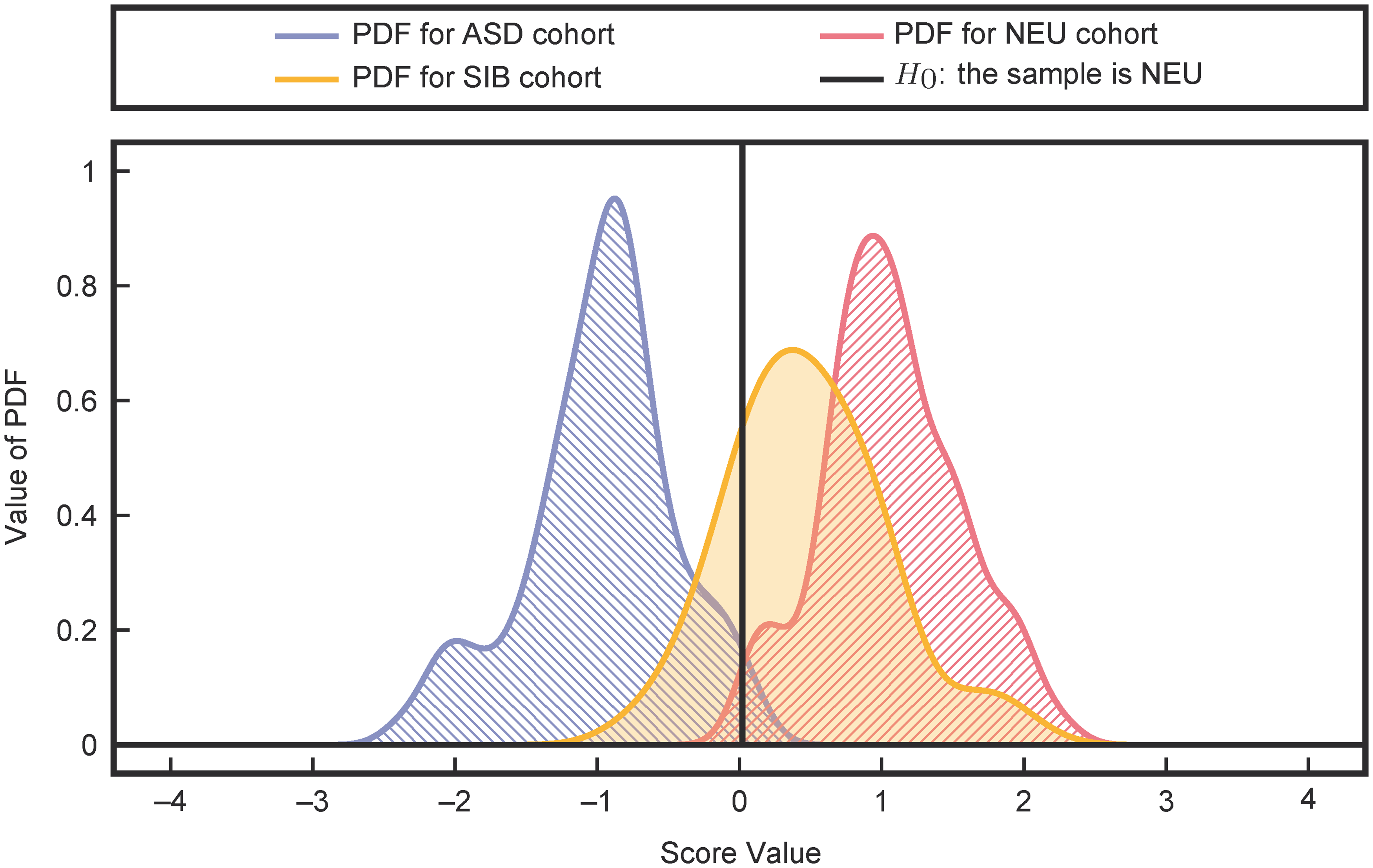Super 18 Predictions for Round 5
Team Ratings for Round 5
The basic method is described on my Department home page.
Here are the team ratings prior to this week’s games, along with the ratings at the start of the season.
| Current Rating | Rating at Season Start | Difference | |
|---|---|---|---|
| Hurricanes | 17.79 | 13.22 | 4.60 |
| Chiefs | 10.88 | 9.75 | 1.10 |
| Crusaders | 7.98 | 8.75 | -0.80 |
| Lions | 7.32 | 7.64 | -0.30 |
| Highlanders | 7.27 | 9.17 | -1.90 |
| Brumbies | 4.06 | 3.83 | 0.20 |
| Stormers | 2.68 | 1.51 | 1.20 |
| Waratahs | 1.75 | 5.81 | -4.10 |
| Blues | 0.98 | -1.07 | 2.10 |
| Sharks | 0.70 | 0.42 | 0.30 |
| Bulls | -1.40 | 0.29 | -1.70 |
| Jaguares | -1.70 | -4.36 | 2.70 |
| Force | -8.10 | -9.45 | 1.40 |
| Cheetahs | -8.14 | -7.36 | -0.80 |
| Reds | -9.75 | -10.28 | 0.50 |
| Rebels | -11.97 | -8.17 | -3.80 |
| Kings | -17.66 | -19.02 | 1.40 |
| Sunwolves | -19.78 | -17.76 | -2.00 |
Performance So Far
So far there have been 34 matches played, 25 of which were correctly predicted, a success rate of 73.5%.
Here are the predictions for last week’s games.
| Game | Date | Score | Prediction | Correct | |
|---|---|---|---|---|---|
| 1 | Crusaders vs. Blues | Mar 17 | 33 – 24 | 10.70 | TRUE |
| 2 | Rebels vs. Chiefs | Mar 17 | 14 – 27 | -19.70 | TRUE |
| 3 | Bulls vs. Sunwolves | Mar 17 | 34 – 21 | 23.70 | TRUE |
| 4 | Hurricanes vs. Highlanders | Mar 18 | 41 – 15 | 12.40 | TRUE |
| 5 | Waratahs vs. Brumbies | Mar 18 | 12 – 28 | 3.50 | FALSE |
| 6 | Lions vs. Reds | Mar 18 | 44 – 14 | 19.80 | TRUE |
| 7 | Sharks vs. Kings | Mar 18 | 19 – 17 | 24.60 | TRUE |
| 8 | Jaguares vs. Cheetahs | Mar 18 | 41 – 14 | 8.20 | TRUE |
Predictions for Round 5
Here are the predictions for Round 5. The prediction is my estimated expected points difference with a positive margin being a win to the home team, and a negative margin a win to the away team.
| Game | Date | Winner | Prediction | |
|---|---|---|---|---|
| 1 | Crusaders vs. Force | Mar 24 | Crusaders | 20.10 |
| 2 | Rebels vs. Waratahs | Mar 24 | Waratahs | -10.20 |
| 3 | Blues vs. Bulls | Mar 25 | Blues | 6.40 |
| 4 | Brumbies vs. Highlanders | Mar 25 | Brumbies | 0.80 |
| 5 | Sunwolves vs. Stormers | Mar 25 | Stormers | -18.50 |
| 6 | Kings vs. Lions | Mar 25 | Lions | -21.50 |
| 7 | Cheetahs vs. Sharks | Mar 25 | Sharks | -5.30 |
| 8 | Jaguares vs. Reds | Mar 25 | Jaguares | 12.10 |

